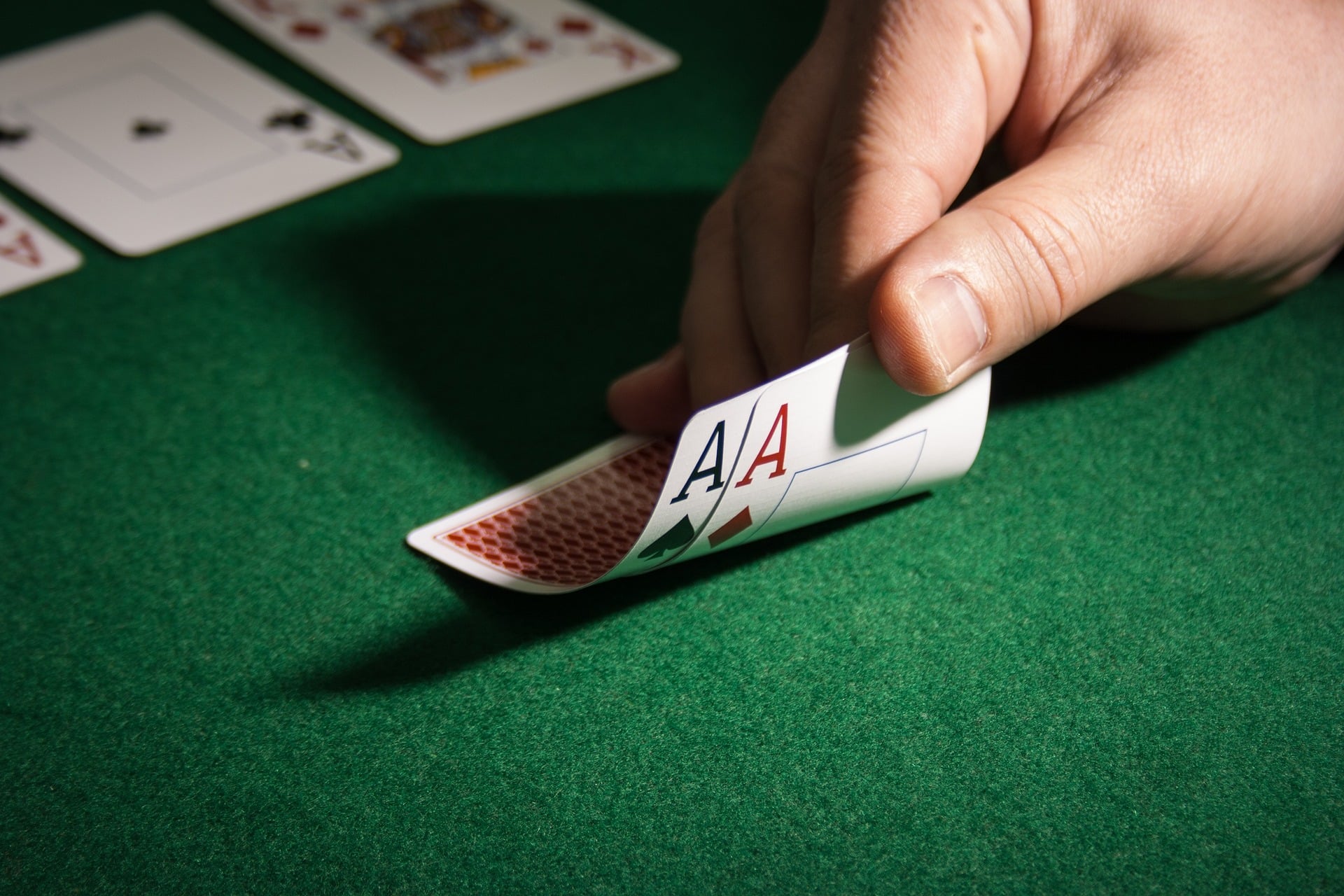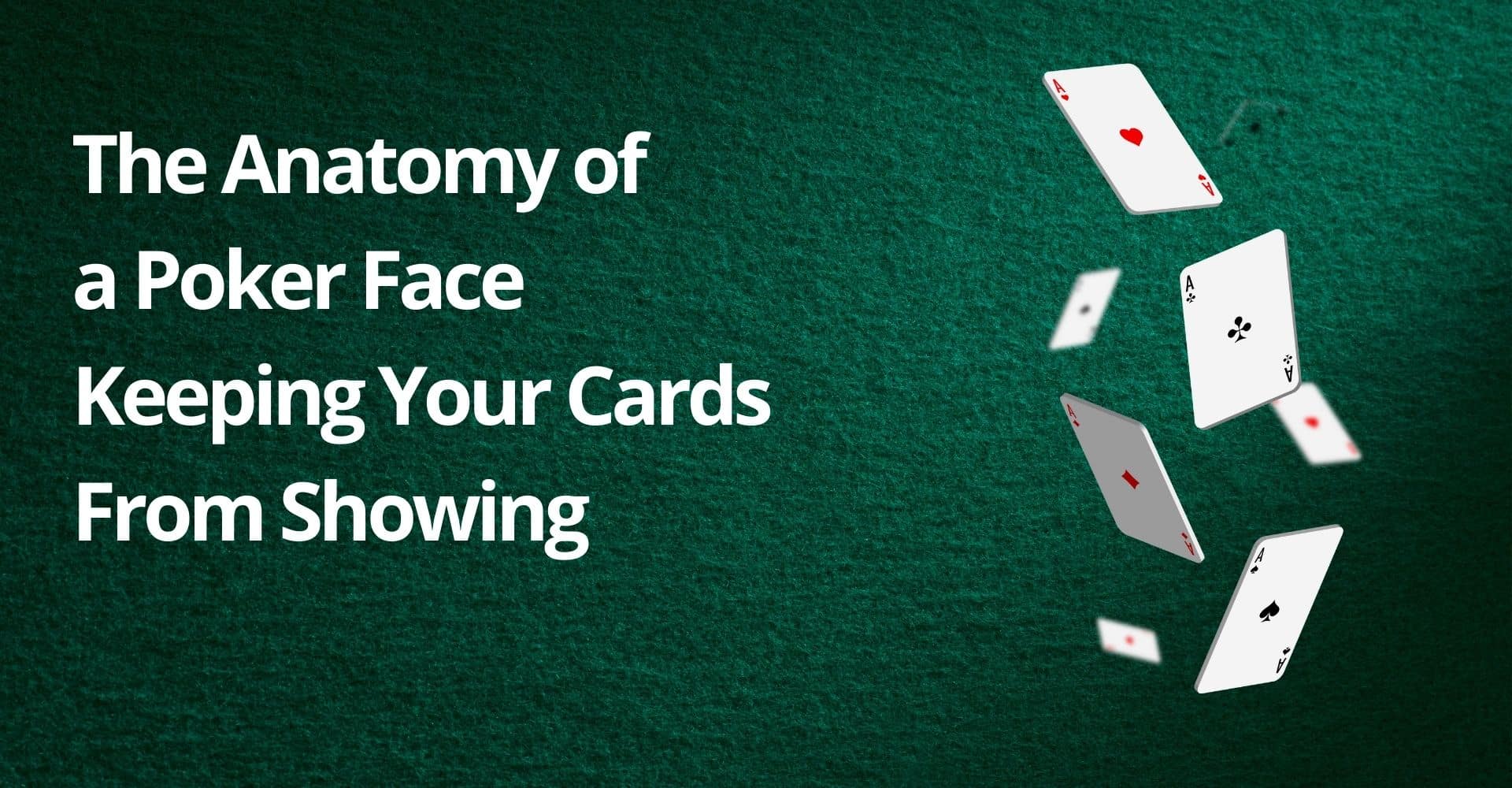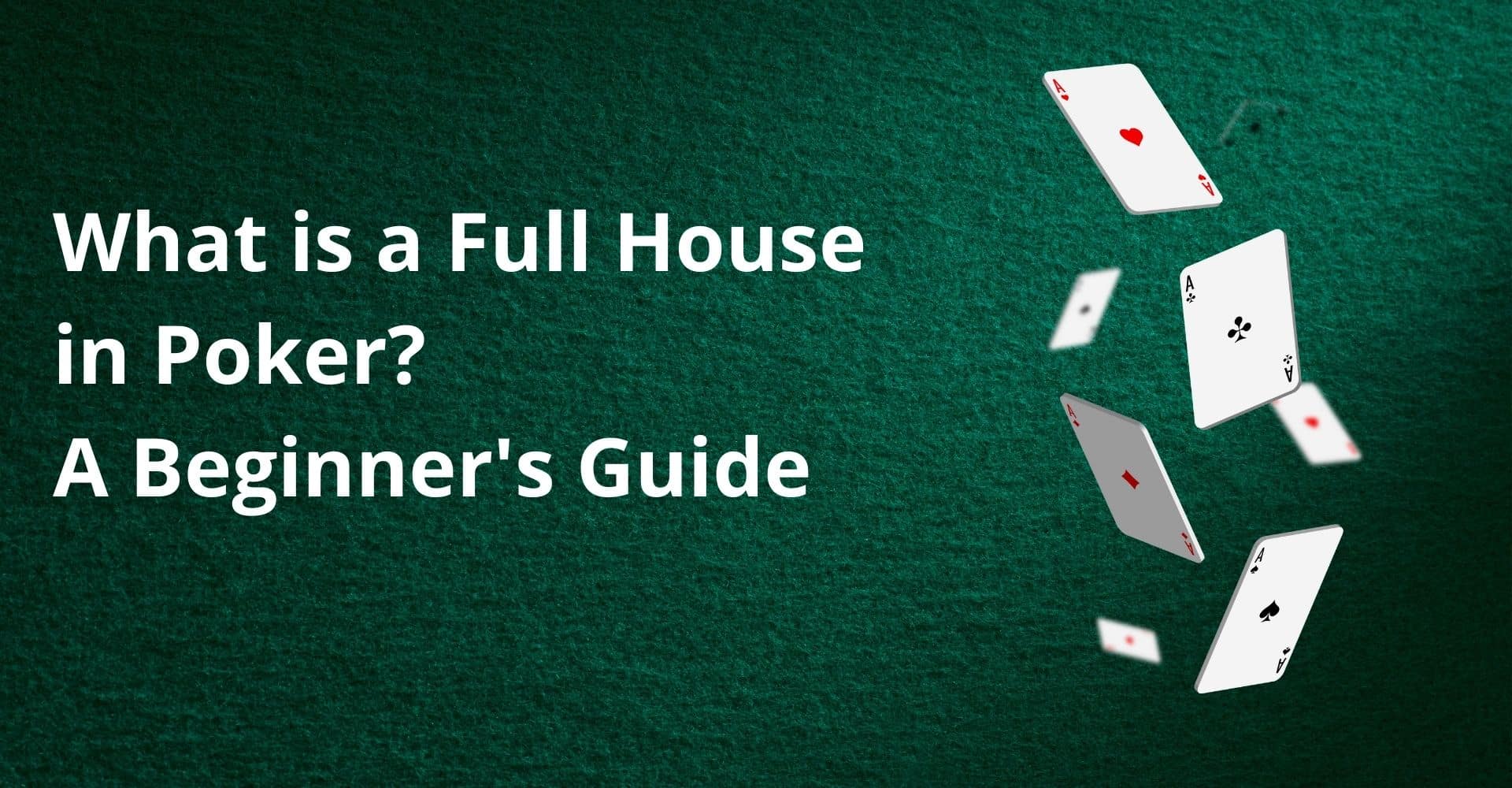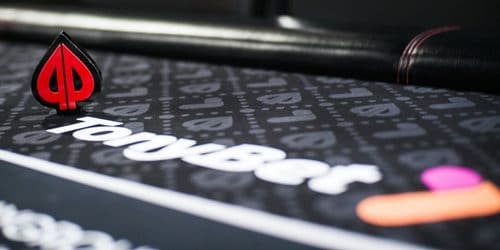If you aren’t sure how many chips for poker games you need, you’ve come to the right place. Whether you’re playing at home, you’re at a cash game, or tournament, the chips, as well as the rules, will be different.
So let’s take a closer look at chip values, numbers, and all other things chip to make sure your games are running off without a hitch.
How to Assign the Poker Chip Value – Chip Colors
If you’re playing at home and have the standard poker set, you probably have chips in the colors white, red, blue, and green. If you’re playing a small-stakes game, which would be $2/$5, your chip values have to be enough to support all blind levels.
That would mean the white would equal $1, the red would be $5, the blue should be $10, and the green can equal $25.
However, if you’re going for a high-stakes game, your chips are obviously going to have to reflect that. So for a game with stakes that are $5/$10 or even $10/$20, you’ll also need black and purple chips. But if you don’t have those in your kit, just reassign the value to the white and red ones. So now, for your game, the white represents $100 and the red would be $500.
You should also know that if you’re playing micro stakes, the chip values should, of course, be lower. You could make the white chips worth $0.10, the red $0.25, the blue $0.50, and the green $1.
How Many Chips for Poker?
Generally speaking, if you’re playing a game at home, you’d ideally have around 50 chips per person to start with. Luckily, most store-bought poker sets come with 300 chips, which would be great for up to six players.
Of course, that’s somewhat the minimum. If you’re planning on hosting/playing a game with more people, you’ll obviously need more chips.
Also, usually, the smaller sets come with the basic four colors, but you can get even bigger ones. The bigger ones can have 400, 500, and up to 1,000 chips per set with loads of colors for different values.
If you’re buying a poker set for at-home play, you’ll also get two decks of cards with it, and a dealer button (usually). All your chips and gear might come in a case, which is pretty handy for poker on the go.
How to Divide the Chips
How to divide the chips in a poker game will depend on how many people are playing and what the minimum and maximum amount of buy-in are. For big blinds, the usual setup is $20 minimum and $100 maximum.
Say that the big blind buy-in is $20/$40. Each player would get 10 $1 chips, 4 $5 chips, one $10 chip, and no $25 chips. But if the game buy-in is $100/$200, there would still be 10 $1 chips, but 10 $5 chips, 9 $10 chips, and two $25 chips.
How to Set up Cash Games
In cash games, chips count as actual money, and there really is no prize pool. So the player that runs out of chips is out of the game. Cash games are the easiest format to organize and play since there’s no tournament clock and the blind levels usually don’t rise.
Tournament Setups
Now, tournaments weren’t really that popular until the early 2000s, but now they’re one of the most common formats played in home games. One of the reasons players seem to enjoy them is that it’s easy to limit the amount you can lose per session.
With that said, tournaments do require a bit more organization and management from the host than regular cash games. It’s up to the host to set up and decide the prizes, manage the rising blind levels, and color up the chips as the game progresses.
Poker Tournament Chip Values
Now let’s talk about how many chips for poker tournaments are actually used and how they work. If you want to play one with more than five or six blind levels, you’re going to need at least four chip colors. Again, if you have the basic poker set, your four colors are probably going to be white, red, blue, and green.
A good rule of thumb when assigning chip values is to keep things simple. Don’t use any unnecessary denominations and have a chip stack big enough to facilitate the tournament and accommodate all players.
Slow Structure Tournaments
Slow structure tournaments are usually the ones with a longer duration. That means that the chip distribution has to involve larger starting stacks, and each player should have at least 3,000 starting chips. The big blind should increase in small increments.
Medium Structure Tournaments
If you don’t want your at-home to last over eight or nine hours, you should consider medium-structure tournaments. With, for example, 25 players, starting blinds at 25/50, the game duration will be about five hours. In this scenario, each player should have a chip stack of at least 1,500.
Fast Structure Tournaments
But if you want a quick, fast-paced tournament that can be done in three hours or less, consider a fast structure. For this case, you’ll want to assign a small starting stack to each player at around 1,000. You should also use shorter blind levels to reach the end of a tournament much quicker compared to the other two types.
Keep in mind that if you decide to start your tournament at 5/10 blinds instead of 25/50, you’re adding more time to the clock. You’ll also be giving other players in the game more levels of deep-stacked play.
To Sum Up: How Many Chips for Poker?
So how many chips for poker do you need to start playing? Well, as you’ve seen, a lot depends on what you want to play and with how many people. Cash games and tournaments of various structures require different chip sizes. In addition to your chip stake, always make sure that your cards are high-quality because that’s really what can take the game to the next level.






